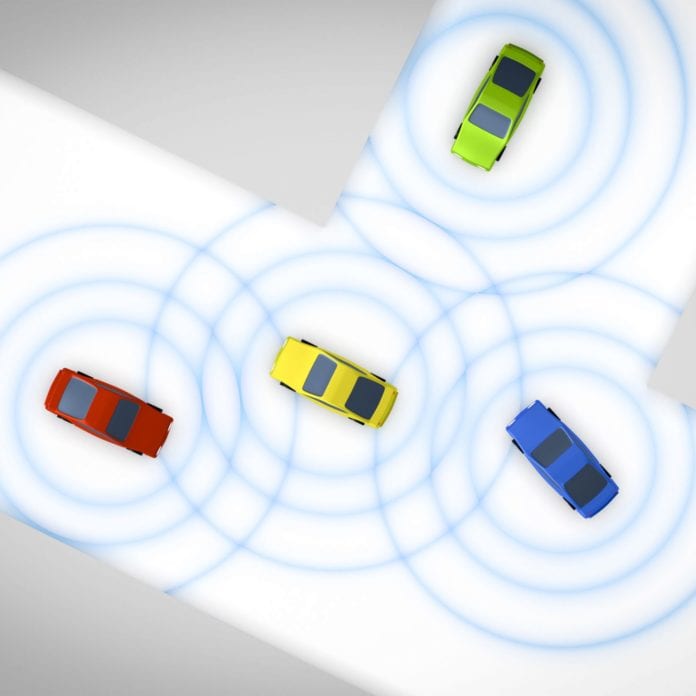It’s hard to overlook the hype coming out of the budding self-driving car industry. From Silicon Valley, where Lyft’s new San Francisco pilot program is ready to kickoff, to news out of Detroit that GM has designed an autonomous car ready for mass production, the stars are aligning for driverless cars to be more than just one-off outliers on U.S. roads very soon.
This industry momentum is mirrored in Washington, where the SELF DRIVE Act is enjoying bipartisan support on its way to the Senate. The rule would allow companies to put many more autonomous test cars on the road per year — as many as 100,000. Moreover, the Department of Transportation’s new self-driving car guidelines aim to provide companies with more freedom and fewer regulations as they test partially automated, or Level 2, self-driving systems.
While this widespread adoption is an encouraging step forward for an industry that hopes to cut down on the 94 percent of accidents caused by human error, the reality is that the roads are about to be transformed into a new era of blended driving, where autonomous vehicles and traditional cars will have to coexist. This era of blended driving must deal with real-world driving habits — distraction, illegal maneuvering and spontaneous decision-making. Additionally, many striving for self-driving cars, like Ford, recognize that the technology to safely transfer control from the computer to the driver needs more development.
To transition to a blended, and eventually more fully autonomous road environment, drivers, businesses and municipalities can adopt after-market connected car technology. These technologies can be retrofitted in older vehicles so drivers gain insight into their road driving behavior and take advantage of safety features like acceleration, hard cornering warnings and crash alerts. Recognized by the Department of Transportation as a key method to avoid vehicle crashes, connected car technology has benefits outside of safety, like important data collection that will shape policies and procedures moving forward.
One of the primary industries in need of connected vehicle information is insurance companies. It’s unclear who would be at fault in accidents between semi-autonomous and driven vehicles, but having data for individual incidents could help insurance companies manage claims. Furthermore, a backlog of data coming off connected vehicle devices could help insurers estimate premiums now and in the future. Plus, if semi-autonomous cars prove to actually be safer than other vehicles, this data could lower insurance costs — a potential boon for adoption.
Municipalities need connected vehicle data to understand how the presence of blended vehicles on the road impact concerns like traffic. If every semi-autonomous or self-driving car follows a similar route guidance, certain thoroughfares could see a major spike in congestion. At the same time, cars less likely to crash could vastly improve traffic, cutting down on fender benders that clog main arteries during rush hour. Having real-time data that displays which of these scenarios prove to be true could help cities re-plan traffic light patterns. Cities could even use this data to get ahead of congestion, blending their connected car data with IoT device data, to predict traffic before it happens, taking into consideration variables like weather or unplanned construction. Then that data could be pushed to all connected cars, to optimize routing and steer clear of once unavoidable hazards and delays.
The real savings in connected vehicle technology could come from industries, like trucking, logistics and construction. Armed with information on vehicle downtime, engine status, cargo environment, logistics and even predictive maintenance, fleet managers could have a never-before-possible level of transparency in their operations as they begin to adopt self-driving vehicles while connecting their legacy fleets with after-market telematics.
With hundreds of thousands of autonomous vehicles poised to hit the road imminently, lawmakers, regulators and businesses will demand after-market connected vehicle technology to facilitate the complicated transition. It will provide a higher level of safety as human drivers and self-driving cars and trucks figure out how to coexist on a daily basis. It will also play a huge role in planning how our cities, infrastructure and businesses navigate having both driver-equipped and driverless cars on the road at the same time. Capturing this data in motion is the first step on a long road to a safer, more connected future.

